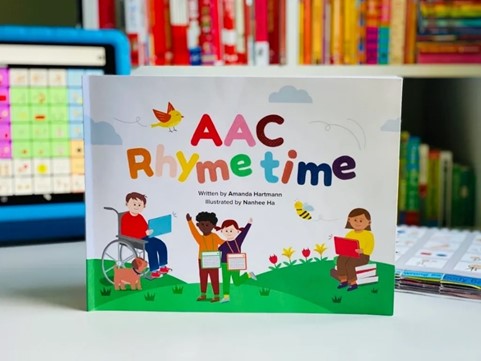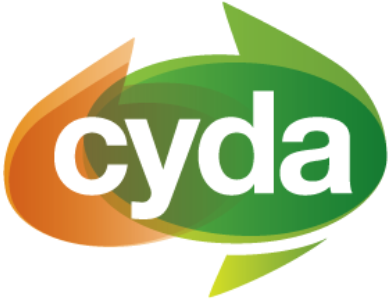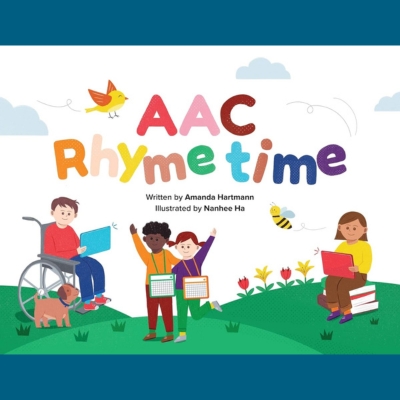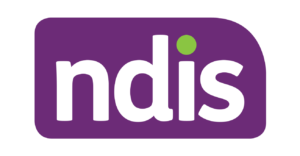Look, it's me!
Great for toddlers who are learning what rhyming is

Review by: Kai

Great for toddlers who are learning what rhyming is
AAC Rhymetime: Engaging Young Minds with Words that Chime
AAC Rhymetime by Amanda Hartmann aims to help people learn more about AAC (Augmentative and Alternative Communication) and to become more aware of differences people have in the ways they communicate. It is a rhyming book for young children (0-3 years) that rhymes AAC with other words that also have an “E” sound at the end of the word. This book aims to teach children what Augmentative and Alternative Communication means, to familiarize the word AAC in people’s minds and give more representation to young children who use AAC communication. The author Amanda Hartman is a speech language pathologist who has helped people with AAC for over 20 years and is a strong advocate for people who use AAC.

The book starts off with a definition of AAC. While having the definition is really valuable I think it would be helpful to have more detail. I appreciated the description that “AAC is used for children who can’t always speak” and that “AAC can help children communicate through pictures and gestures.” These sentences are clear and easy to understand.
However, the definition could also explain what AAC devices are and how they can be used. This could give a more holistic understanding of what an AAC is instead of a reader having to do additional research to figure out what the machine exactly is. The book then explains simply and clearly what the word ‘rhyme’ actually means – an explanation not too long or short, but just right.
The main part of the book involves rhyming AAC with other words with the “E” sound at the end. For example, one of the rhyming sentences is “AAC and tea” and another is “AAC tree”. Each page shows pictures of an AAC device with the particular object that rhymes with AAC. Through using these rhyming lines, the information about AAC was engaging and easier to absorb.

However, some of the rhymes felt slightly confusing and young children could need some additional help to understand the meaning. For example, for the rhyme “AAC has a D” it wasn’t clear that this was simply referring to writing a letter on the device. Similarly, I felt like making suggestions about ways to prevent misconceptions, such as rephrasing the line “AAC is the key” to highlight that AAC facilitates communication, and adjusting the line “AAC Tree” to express that the AAC device is symbolically represented within a tree in the illustration on that page. The author could have also incorporated rhyming lines into the book that could have explained what AAC is and the importance of it for people who use them. These adjustments could help younger readers better understand the purpose and capabilities of AAC devices.
When I read this book to a small group of 3–4-year-old at a childcare I work at, they were engaged the whole time throughout the book. They couldn’t pinpoint particular things they liked about the book but they remained attentive as I read it out loud.
In summary AAC Rhymetime by Amanda Hartman has lots of great elements, including the definition and use of rhyming words. The book would be great for toddlers who are learning what rhyming is but I think that incorporating more information about what an AAC is and does would help it be suitable for a wider audience. This book is aimed for young children around 2-4 years old who have an AAC device and know what AAC is. I would rate this book around 5/10 as it missed the opportunity to engage a wider group of children in learning about AAC.








